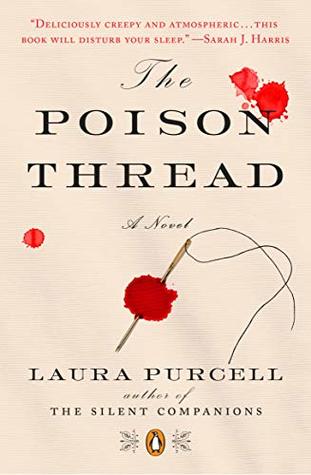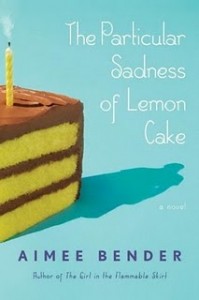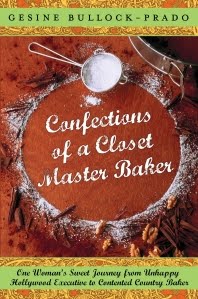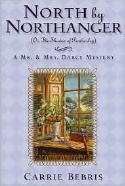This review contains affiliate links, which earn me a small commission when you click and purchase, at no extra cost to you. Thank you for supporting my small business and allowing me to continue providing you a reliable resource for clean book ratings.
Dorothea Truelove has tried to follow her late mother’s teachings of showing mercy to others. One way of serving others she didn’t get to do with her was visit people in prison. So when she inherited money as a young adult, she decided to use it to visit prisoners and improve conditions. She admits to herself she finds the danger and forbidden nature of it attractive. She enjoys expanding her study of phrenology by analyzing the women she talks to.
One new prisoner fascinates her: Ruth Butterham has confessed to killing someone she worked for; she’s awaiting trial and likely will be hanged. Over the course of numerous visits, Ruth shares the story of her short life (she’s just a teenager) and her belief that her sewing has killed people. Ruth has lived in poverty, witnessed deaths, and been cruelly abused by the owner of a clothing store who held her and several other girls essentially as slaves. With every stitch she made feeling anger and bitterness and the desire for someone else to suffer or die, the items she crafted soaked up those feelings and harmed or killed those who wore them.
Dorothea is sure Ruth is deluded, that there are rational reasons for the deaths and injuries Ruth attributes to her power. Indeed, as Dorothea listens to Ruth’s life story, common diseases and other logically explained causes seem to be behind what the uneducated Ruth has witnessed.
But Ruth is absolutely convinced of the veracity of what she is relating, and the science Dorothea believes in so strongly doesn’t line up with what she’s observing in the young woman. Is she a murderer? Is she insane? Does she deserve to be sentenced to death?
The Poison Thread is an excellent novel. It explores the horrors in the mid-1800s of debtors prisons, of living conditions of the poor, of crimes carried out by the upper class on those in the lower classes. It’s a gripping tale in which Dorothea and the reader both go back and forth wondering if Ruth is crazy or truly has supernatural powers. How will it end? A number of storylines are threaded through the plot that matter to both characters, and they create suspense on several levels that builds until the very end.
Rated: Moderate. Profanity includes about 10 instances of moderate profanity, about 10 mild language, and about 20 instances of the name of Deity in vain. There are also a few uses of British profanity (bl-). Sexual content is minimal. Violence and blood are moderate to strong: there are gory details of a woman giving birth and needing assistance by being cut and sewed up; an important part of the story is the horrific abuse carried out on a main character and other young women by a woman who essentially holds them as slaves in her sewing shop. There are a few hangings and descriptions of terrible conditions people live in and prisoners (especially in a debtors prison) endure. People are killed by poison.




